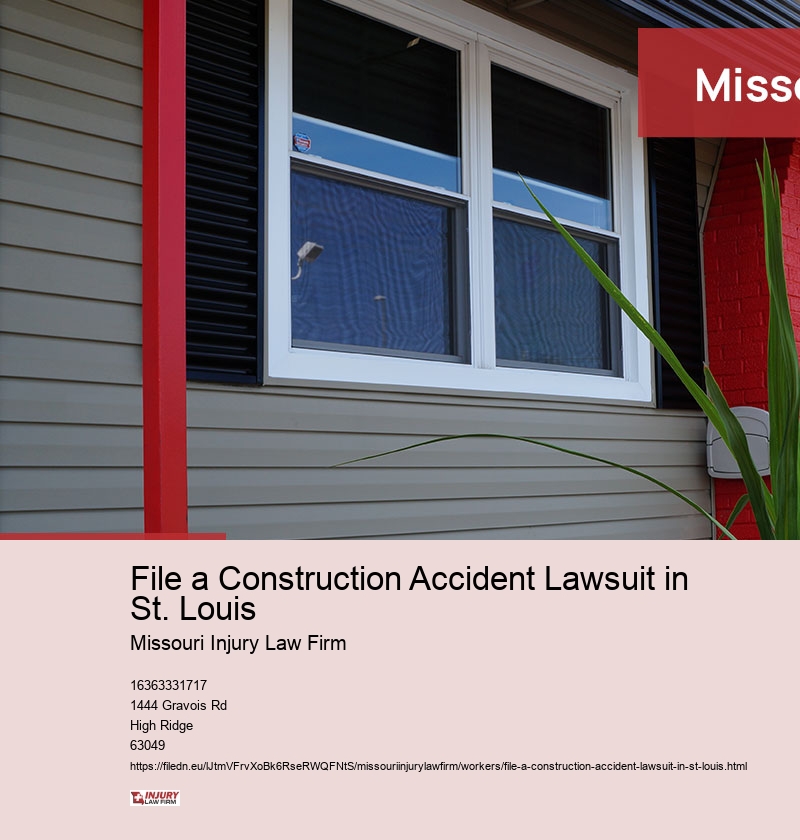File a Construction Accident Lawsuit in St. Louis
The Risks of Construction Sites in St. Louis
Construction sites are among the most hazardous job sites, where injuries often occur due to falls, equipment accidents, power surges, and structural failures. In St. Louis, where construction is a major sector, safety breaches and negligence frequently lead to critical worker wounds. These incidents not only cause corporeal harm but also financial and mental hardship, often leaving laborers unable to return to work. Regulations set by the Occupational Safety and Health Administration (OSHA) are meant to safeguard staff, but many companies fail to follow, leading to avoidable accidents. Determining who is liable is often complicated, as accountability can fall on general contractors, third-party workers, tool producers, or property owners. The litigation for seeking damages varies, with affected employees needing to decide between filing a compensation case or initiating a third-party lawsuit. insurers often attempt to minimize settlements, making attorney guidance essential to ensure injured parties recover the damages they are entitled to.
